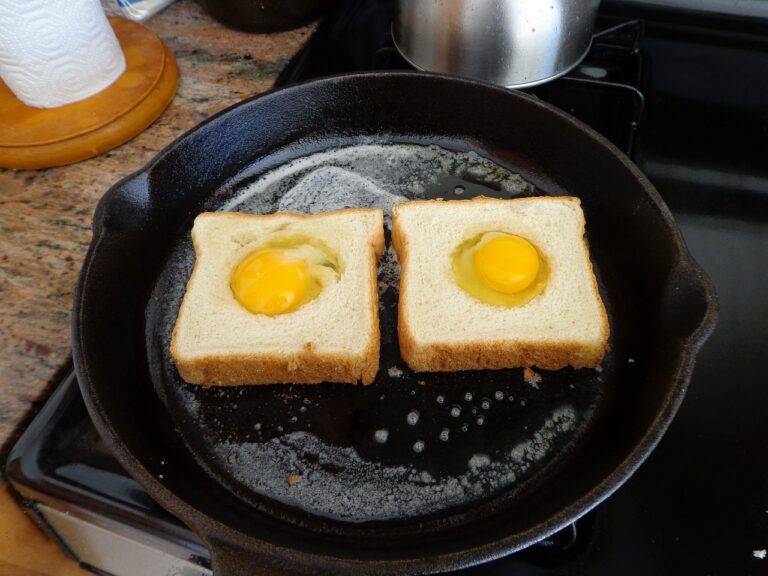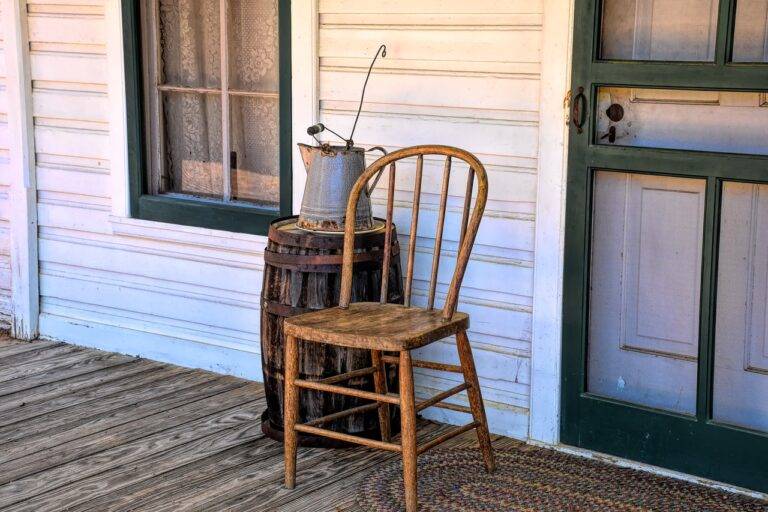DIY Painting Tips for Professional-Quality Results
Before starting any project, taking the time to adequately prepare can make a significant difference in the final result. From gathering all necessary tools and materials to ensuring the work area is properly set up, preparation is the foundation on which successful outcomes are built.
Without proper preparation, you may find yourself facing unnecessary obstacles and challenges along the way. Whether it’s a DIY home improvement project or a more complex task, investing time in thorough preparation can save time and frustration in the long run.
Choosing the Right Tools and Materials
When deciding on the tools and materials for your project, it is crucial to consider both quality and compatibility. Opting for tools that are of high quality will not only make the work easier but also ensure a better outcome. Additionally, using materials that are suitable for the specific task at hand is essential in achieving a durable and professional result.
Prioritize selecting tools that are ergonomic and comfortable to use for prolonged periods of time. This will help reduce fatigue and minimize the risk of injury during the project. Similarly, choosing materials that are of the right size, shape, and texture can greatly impact the efficiency and precision of your work.
– Prioritize selecting tools that are ergonomic and comfortable to use for prolonged periods of time
– Choosing materials that are suitable for the specific task at hand is essential in achieving a durable and professional result
– Opting for tools that are of high quality will make the work easier and ensure a better outcome
– Using materials that are of the right size, shape, and texture can greatly impact the efficiency and precision of your work
Properly Preparing the Surface
To ensure a successful outcome for your project, it is imperative to thoroughly clean the surface before proceeding with any further steps. This includes removing any debris, dirt, or dust that may hinder the adherence of your chosen materials. A clean surface provides a stable foundation for the application of paints, coatings, or adhesives, allowing them to bond effectively and ensure longevity.
Additionally, it is crucial to examine the surface for any imperfections such as cracks, dents, or uneven areas. These issues must be addressed before proceeding, as they can impact the overall finish and durability of the project. By filling in cracks, smoothing out dents, and leveling uneven surfaces, you can achieve a flawless result that meets your expectations.
Why is preparation important when it comes to surface preparation?
Proper preparation ensures that the surface is clean, smooth, and ready for whatever treatment or coating is being applied. It helps to ensure better adhesion and a longer-lasting finish.
What tools are typically used for surface preparation?
Common tools for surface preparation include sandpaper, wire brushes, scrapers, sanding blocks, paint strippers, and power sanders. The specific tools you need will depend on the type of surface you are working with and the extent of the preparation required.
What materials are needed for surface preparation?
Materials for surface preparation can include cleaning solutions, primers, sealers, fillers, and paint or finish coatings. The specific materials you need will depend on the condition of the surface and the desired end result.
How do I know if I have properly prepared the surface?
A properly prepared surface should be clean, dry, smooth, and free of any contaminants or imperfections that could affect the finish. You should also follow any specific instructions provided by the manufacturer of the treatment or coating you are applying.





